#metropolis berlin
Photo

Jeanne Mammen (Allemande, 1890-1976). «Goldfischfang, Gold-fishing», 1925. illustration pour le magazine ''Metropolis Berlin''- Jeanne Mammen Museum, Berlin. - source Lyudmila Ivanovich.
33 notes
·
View notes
Text
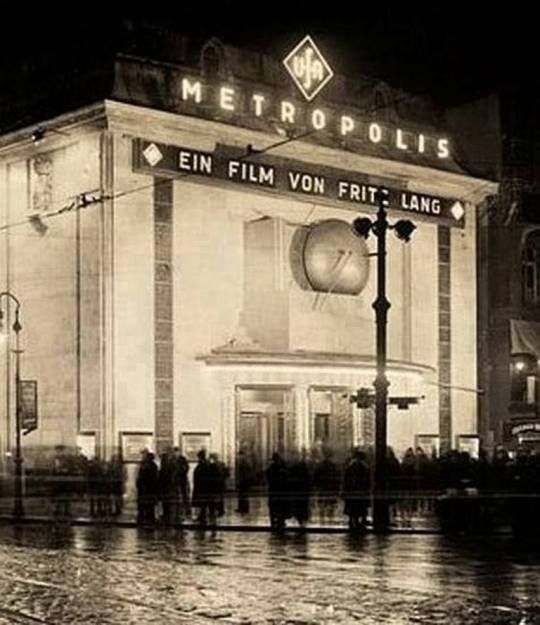
Alexander Stöcker - Estreno de Metrópolis, en Ufa-Pavillon, Nollendorfplatz, Berlin, 1927
67 notes
·
View notes
Text


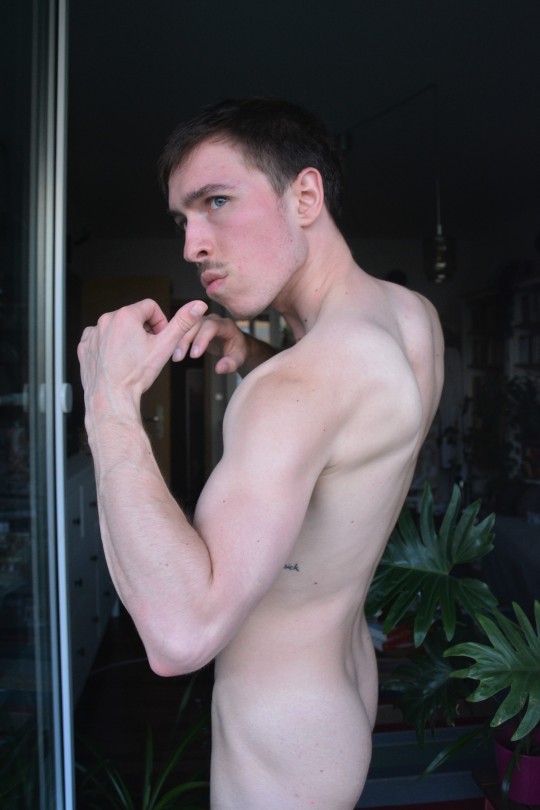
queer renegade
-
living in the outskirts of metropolis
#gay boy#gay ftm#ftm transman#gay#transgender#queer pride#trans pride#self portrait#berlin#metropolis#mirror selfshot#gimme love#young jock#trans fag#dreamboat#handsome#yoni boy#gay jock#muscle twink#renegade
10 notes
·
View notes
Video
Metropolis by Pascal Volk
#Alexa#Berlin#Berlin Mitte#DxO FilmPack#Europe#Germany#Grunerstraße#Kodak Kodachrome 25#Mitte#Einkaufszentrum#Shopping Mall#Shopping Center#Centro comercial#Metropolis#von oben#from above#de arriba#Menschen#People#Leute#Sommer#Summer#Verano#Canon EOS R3#Canon RF 28-70mm F2L USM#40mm#DxO PhotoLab#flickr
0 notes
Link
0 notes
Text
youtube
In het boek Berlin, Alexanderplatz van Alfred Döblin loop je door het drukke Berlijn van 1927. Je ziet allerlei reclame's en kleine taferelen.
Een film die die je een aardig handje op weg helpt om het juiste perspectief te schetsen is deze van Walter Ruttman.
0 notes
Video
youtube
MOVIE MUSIC MONDAY
“The Reconciliation” from Metropolis (1927, Germany) – composed by Gottfried Huppertz; performed by the Berlin Radio Symphony Orchestra under the direction of Frank Strobel
Contrary to what some believe, not every silent film had a film score. Oftentimes prior to the introduction of synchronized sound movies in 1927, movie theaters had a pianist, an organist, or a small ensemble of musicians tasked to improvise something to accompany the movie. But for Fritz Lang’s sci-fi epic Metropolis, Lang asked his friend, composer Gottfried Huppertz, to write the score. The film, broadly speaking, is about a class conflict between the wealthy industrialists living in gleaming skyscrapers and the laborers toiling underground to support the wealthy.
“The Reconciliation” occurs at the very end of Metropolis, as the dust settles from the film’s action scene. It leads to a reconciliation – or, at least, an agreement by the industrial magnate and the laborers of Metropolis to work more together – where Huppertz can triumphantly weave together his many Wagnerian motifs in the film’s final few minutes.
Huppertz’s score was performed only once in the twentieth century: at the film’s 1927 premiere. The original cut of Metropolis would be considered lost for decades. The score would first be recorded in its entirety in 2001. But not until a 2008 discovery of a near-complete print of Metropolis in Argentina would Huppertz’s score – in its entirety – be reunited with the (now almost entirely restored) film it originally accompanied.
#Metropolis#Gottfried Huppertz#Fritz Lang#Berlin Radio Symphony Orchestra#Frank Strobel#film score#OST#great film scores#Movie Music Monday
1 note
·
View note
Text
The Director by Brendan Nash, Baxter Jardine, 2022.
The Director by Brendan Nash, Baxter Jardine, 2022.
I’ve spent most of the Jubilee weekend immersed in Brendan Nash’s evocation of Berlin in the 1920s. THE DIRECTOR is as much a page-turner as THE LANDLADY; the same characters re-appear, even more likeable; their movements through various spaces in the city – some still legendary; many subsequently destroyed in WWII –roots the fiction in a particular kind of historicising, where events read…
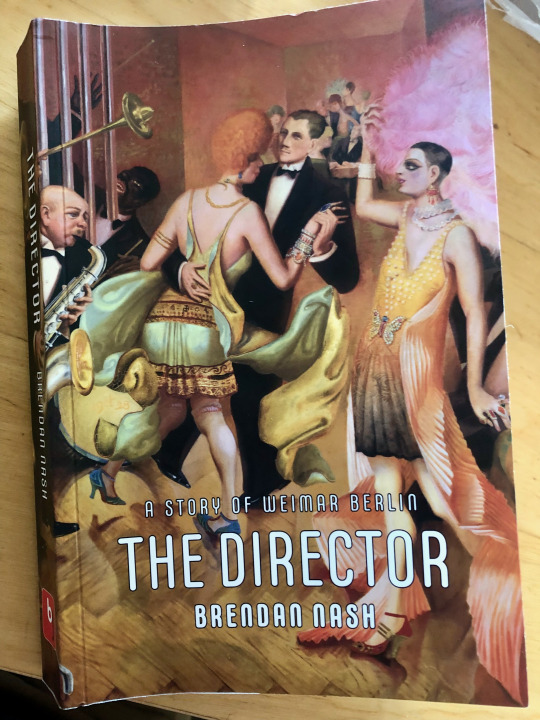
View On WordPress
#Babelsberg#Billy Wilder#Brendan Nash#Fritz Lang#Goebbels#Leni Riefenstahl#Marlene Dietrich#Metropolis#Robert Siodmak#Summer 1926#The Director; A Story of Weimar Berlin
1 note
·
View note
Text
Berlin is maybe the only city I've been in thats in the same natural category as nyc. I feel like by the numbers london deserves to be on the list but it is a truth univerdalky acknowledged that London kind of sucks (possible explanation: the British are a fundamentally provincial people and only developed a true metropolis by aping America)
244 notes
·
View notes
Photo


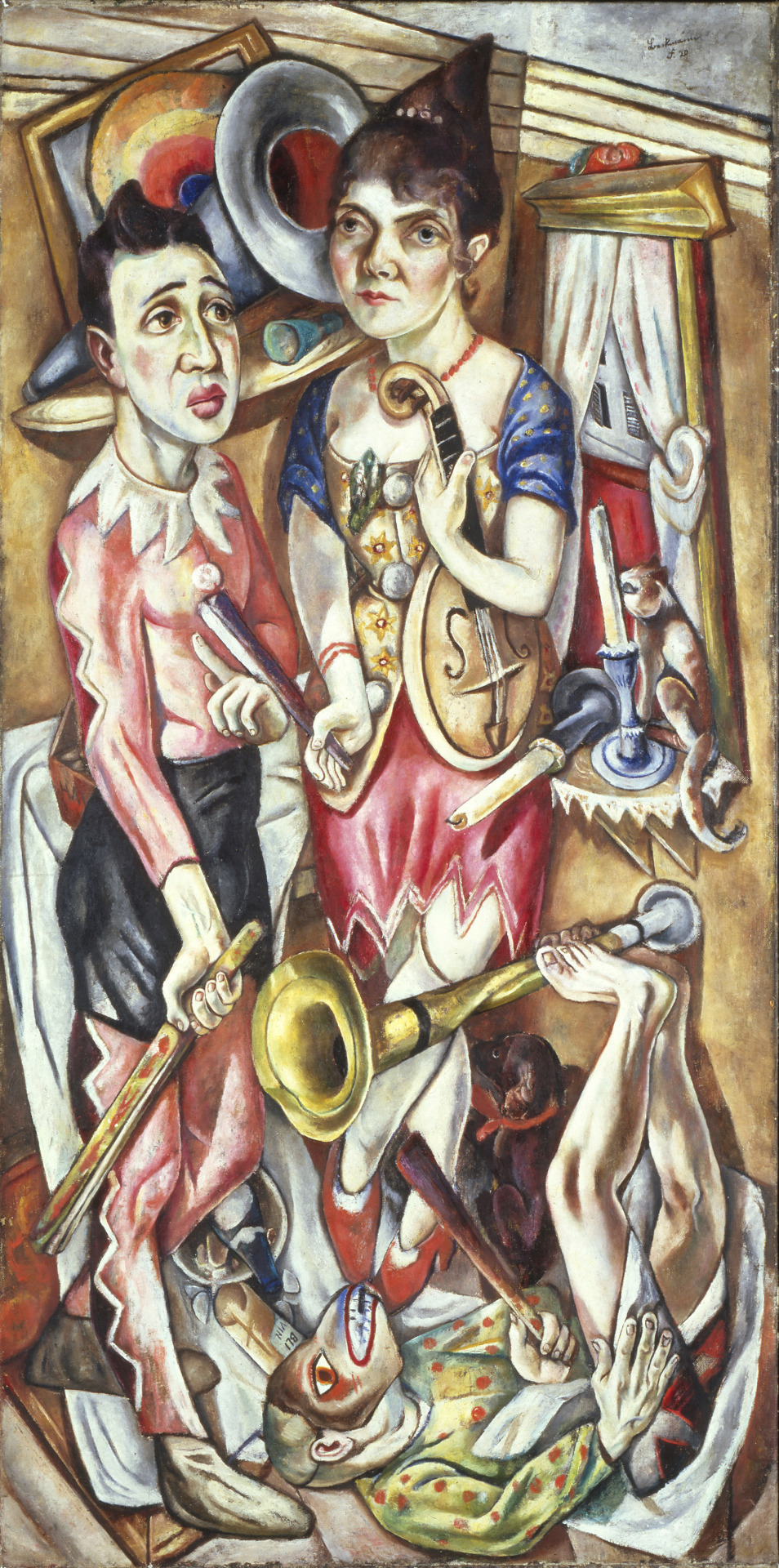
Berlin Metropolis, Max Beckmann
161 notes
·
View notes
Text
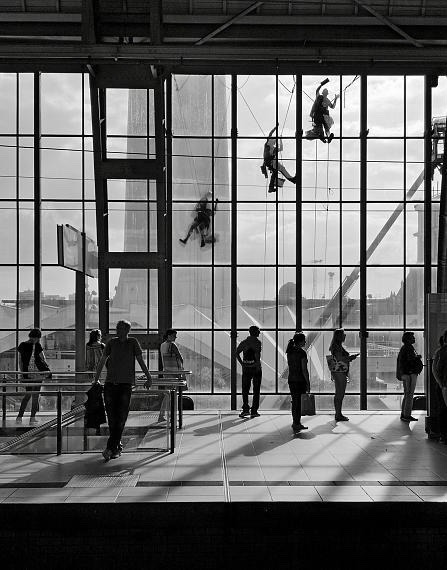
Metropolis #4, S-Bahn Alexanderplatz Berlin, Photo by Barbara Wolff, 2018
101 notes
·
View notes
Text
So I looked it up, because of course the Holmes books aren't alone to enter the public domain this year, and Metropolis has too. So here's the list I found of creative works that are now public domain:
Books
— The Gangs of New York, by Herbert Asbury (original publication)
— Death Comes for the Archbishop, by Willa Cather
— The Big Four, by Agatha Christie
— The Tower Treasure, the first Hardy Boys mystery by the pseudonymous Franklin W. Dixon
— The Case-Book of Sherlock Holmes, by Arthur Conan Doyle
— Copper Sun, by Countee Cullen
— Mosquitoes, by William Faulkner
— Men Without Women, by Ernest Hemingway
— Der Steppenwolf, by Herman Hesse (in German)
— Amerika, by Franz Kafka (in German)
— Now We Are Six, by A.A. Milne with illustrations from E.H. Shepard
— Le Temps retrouvé, by Marcel Proust (in French)
— Twilight Sleep, by Edith Wharton
— The Bridge of San Luis Rey, by Thornton Wilder
— To The Lighthouse, by Virginia Woolf
Movies
— "7th Heaven," directed by Frank Borzage
— "The Battle of the Century," a Laurel and Hardy film directed by Clyde Bruckman
— "The Kid Brother," directed by Ted Wilde
— "The Jazz Singer," directed by Alan Crosland
— "The Lodger: A Story of the London Fog," directed by Alfred Hitchcock
— "Metropolis," directed by Fritz Lang
— "Sunrise," directed by F.W. Murnau
— "Upstream," directed by John Ford
— "Wings," directed by William A. Wellman
Musical compositions
— "Back Water Blues," "Preaching the Blues" and "Foolish Man Blues" (Bessie Smith)
— "The Best Things in Life Are Free," from the musical "Good News" (George Gard "Buddy" De Sylva, Lew Brown, Ray Henderson)
— "Billy Goat Stomp," "Hyena Stomp" and "Jungle Blues" (Ferdinand Joseph Morton)
— "Black and Tan Fantasy" and "East St. Louis Toodle-O" (Bub Miley, Duke Ellington)
— "Can't Help Lovin' Dat Man" and "Ol' Man River," from the musical "Show Boat" (Oscar Hammerstein II, Jerome Kern)
— "Diane" (Erno Rapee, Lew Pollack)
— "Funny Face" and "'S Wonderful," from the musical "Funny Face" (Ira and George Gershwin)
— "(I Scream You Scream, We All Scream for) Ice Cream" (Howard Johnson, Billy Moll, Robert A. King)
— "Mississippi Mud" (Harry Barris, James Cavanaugh)
— "My Blue Heaven" (George Whiting, Walter Donaldson)
— "Potato Head Blues" and "Gully Low Blues" (Louis Armstrong)
— "Puttin' on the Ritz" (Irving Berlin)
— "Rusty Pail Blues," "Sloppy Water Blues" and "Soothin' Syrup Stomp" (Thomas Waller)
Source: https://www.voanews.com/a/public-domain-debuts-include-last-sherlock-holmes-work-/6898309.html
733 notes
·
View notes
Text
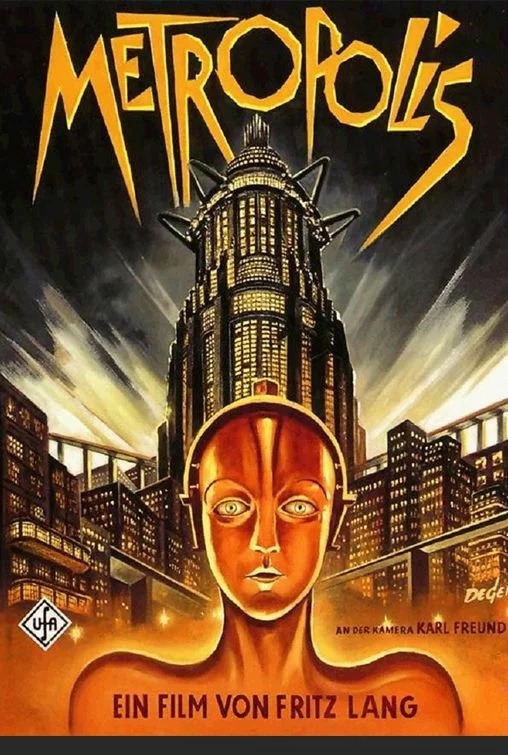
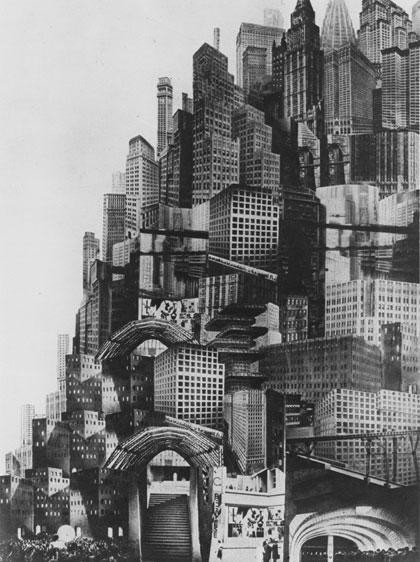

Fritz Lang’s METROPOLIS had its world premiere in Berlin #OnThisDay in 1927.
53 notes
·
View notes
Text

Maria from Fritz Lang's Metropolis, on the grounds of The Babelsberg Studio (near Berlin), which was the second large-scale film studio in the world and the forerunner to Hollywood. It still produces movies to this day.
169 notes
·
View notes
Text

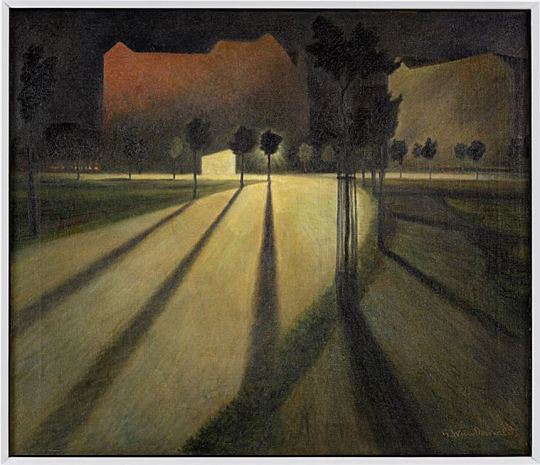
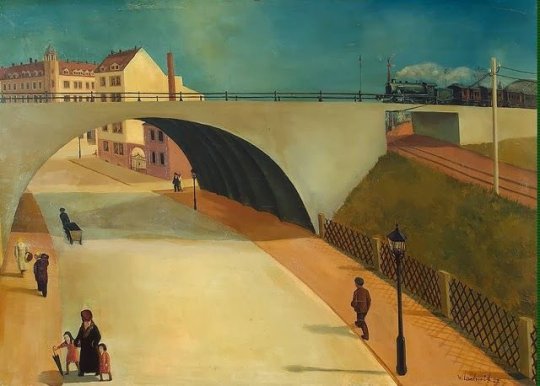
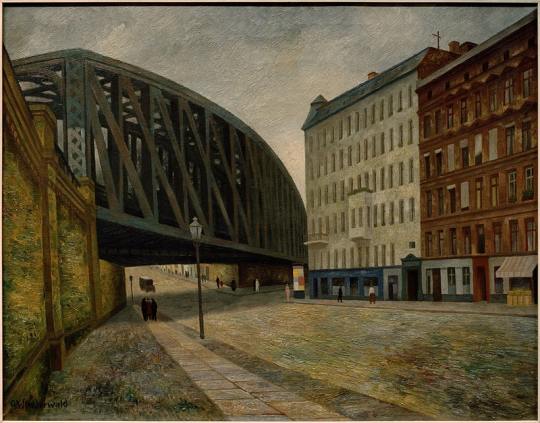
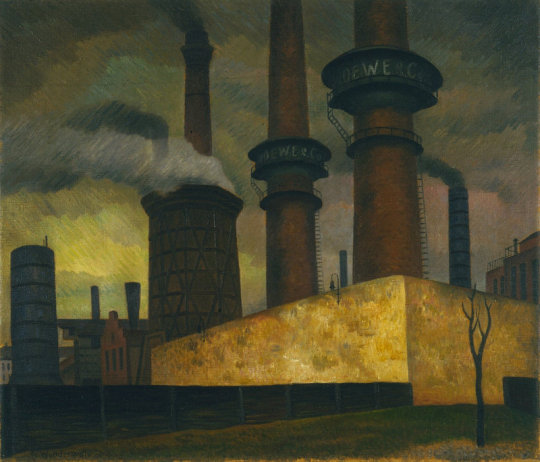

Gustav Wunderwald’s Paintings of Weimar Berlin.
The landscape painter Gustav Wunderwald (1882 - 1945) died from water poisoning in a hospital in the western suburb of Charlottenburg, Berlin. He was sixty-three years old.
Born in Kalk, an industrial suburb on the outskirts of Cologne, Wunderwald experienced first-hand the modern, industrialised city from a young age. Showing early signs of a proficiency in painting, he undertook a two-year apprenticeship under the guidance of the painter Wilhelm Kuhn. Wunderwald quickly found his niche in theatrical and stage set design, taking a job as a scenery painter in Gotha in 1899. For the next thirteen years, his skills led him through a succession of jobs in a variety of cities. After a year in Gotha, he spent four years in Berlin (1900–1904) working at the studio of Georg Hartig and Company, where he specialised in theatrical set painting. From Berlin, Wunderwald moved to Stockholm, and then onwards to Düsseldorf, Innsbruck, and Freiberg over the course of the next eight years, before moving back to Berlin in 1912 to work as a stage designer at the German Opera House.
Wunderwald’s paintings of Berlin’s working-class neighbourhoods have an enigmatic quality about them. They employ a sooty palette of warm browns and greys, and have a stillness and architectural solidity to them that can perhaps be accounted for by the artist’s prior experience as a painter of theatrical scenery. One could well image scenes such as Fabrik von Loewe & Co. or Brücke über die Ackerstraße as backdrops to theatrical adaptations of Weimar-era novels like Alfred Döblin’s Berliner Alexanderplatz, Hans Fallada’s Little Man What Now?, or Christopher Isherwood’s Goodbye to Berlin.
Amidst the tenement blocks, factories, smokestacks, and advertising hoardings, Wunderwald found no shortage of subjects to paint. In a letter to a friend, written in the winter of 1926, he wrote: “Sometimes I stagger back as if drunk from my wandering through Berlin; there are so many impressions that I have no idea which way to go.”3 Wunderwald, describing his search for inspiring scenes to paint on the streets of the city, was not the first and by no means the last individual to find themselves overwhelmed by the sights and sounds of Berlin. His description of feeling drunk through sensory overload brings to mind fellow Berliner and sociologist Georg Simmel’s description of the “intensification of nervous stimulation” that the modern city-dweller encountered on the streets of the metropolis.4 Most urban inhabitants, argued Simmel, adopted a blasé attitude in order to protect themselves from the excess of sights, sounds, and movement encountered in the urban public sphere. By contrast, some individuals — like Wunderwald — consciously chose to immerse themselves in the tumult of the big city, wandering around its streets in a state of rapture, just as Baudelaire had done in Paris half a century earlier.
From an interesting article by Mark Hobbs https://publicdomainreview.org/.../gustav-wunderwalds.../
41 notes
·
View notes
Text
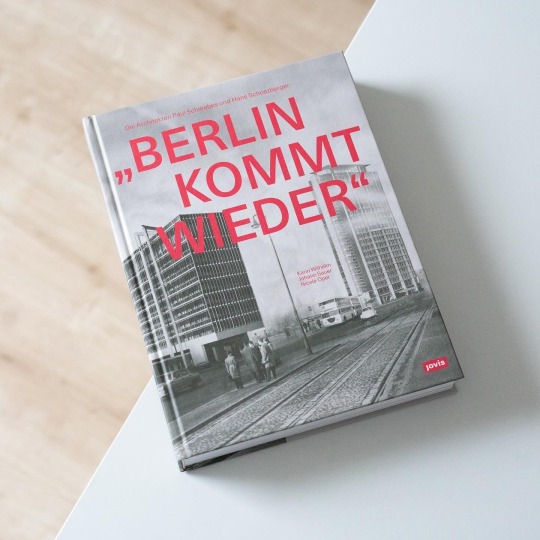

„Berlin kommt wieder“ was a well-known saying in postwar Berlin and referred to the (political) will to restore the metropolis to its former glory. In view of the city's massive destruction this task was ambitious but also accelerated the fantasy of planners and architects, two of which were Paul Schwebes and Hans Schoszberger. The two joined forces in 1956 and decisively shaped the old City West between Kurfürstendamm and Tauentzienstraße through their buildings and related urban plannings.
Schwebes, a former collaborator of Bruno Paul, and Schoszberger, who formerly collaborated with Ernst Neufert, complemented each other on both the business level and architecture-wise: grid-like facades alternate with tiles, elaborate color schemes and subtle architectural details, e.g. in the well-known Haus Hardenberg.
But despite their undoubted importance for postwar Berlin there have never appeared any substantial publications on their work, a major gap that has recently been closed by the present monograph: „Berlin kommt wieder - Die Architekten Paul Schwebes und Hans Schoszberger“, written by Karin Wilhelm, Johann Sauer and Nicole Opel & published by Jovis Verlag. The book not only contains a profusely illustrated work catalogue but first and foremost focuses on the architects and their contribution to the postwar architectural landscape in Berlin: in her detailed essay Karin Wilhelm outlines the biographies of Schwebes and Schoszberger, carves out their architectural personalities and follows their close involvement with the politics and economy of Berlin. Sauer and Opel in turn e.g. discuss Schwebes’ activities for the Aschinger AG, a food service establishment and hotel company, that date back to the 1930s or Schoszberger’s involvement with the theaters on the Ku’ Damm.
With the present book the authors close a major gap in the history of Berlin and German architecture and with the comprehensive work catalogue for the first time offer a complete overview of Schwebes’ and Schoszberger’s work. It thus establishes a basis for further research into particular aspects and buildings and is warmly recommended to anyone interested in German postwar architecture.
#paul schwebes#hans schoszberger#monograph#architecture#germany#nachkriegsarchitektur#nachkriegsmoderne#architecture book#book#jovis verlag#architectural history
24 notes
·
View notes
